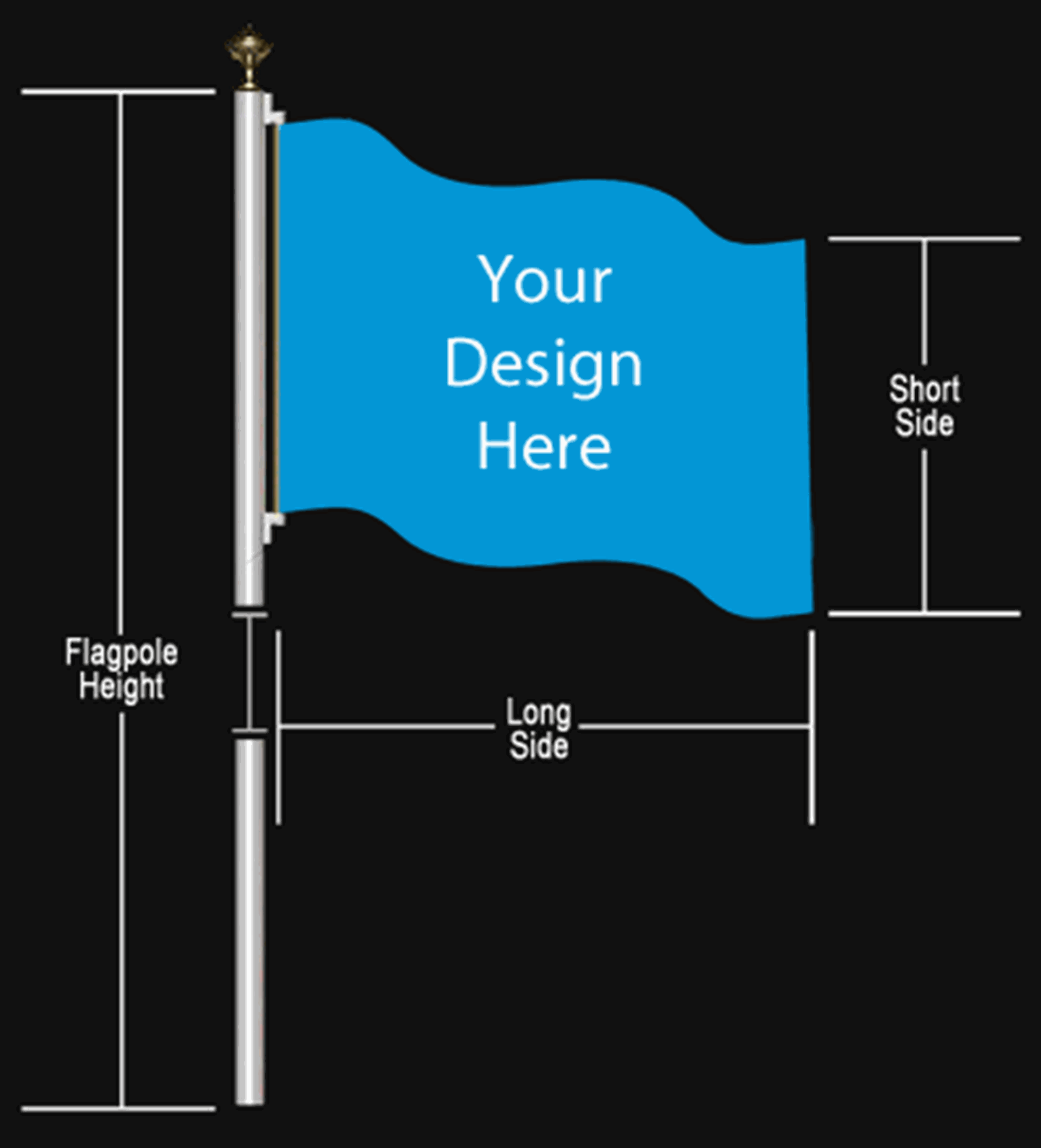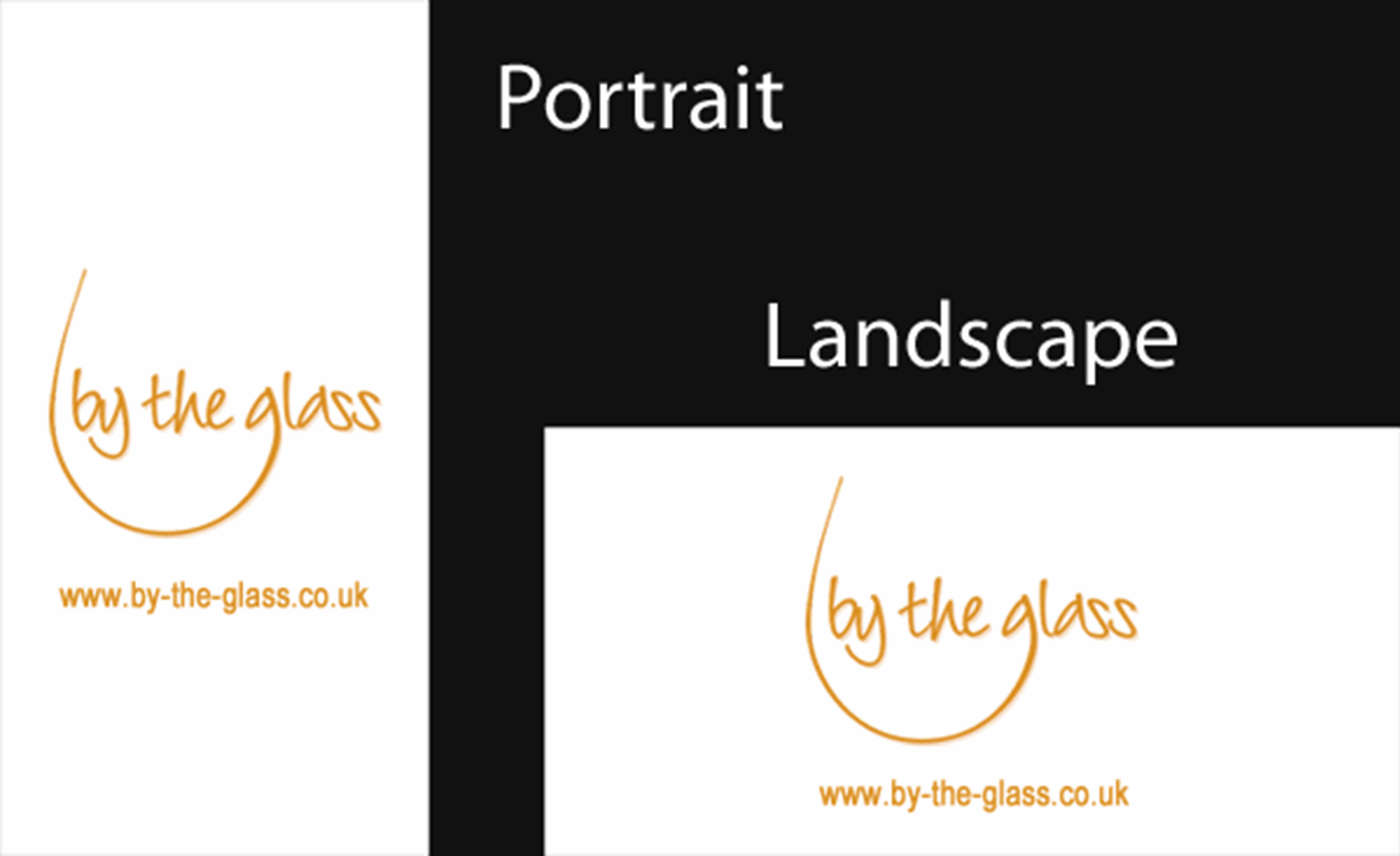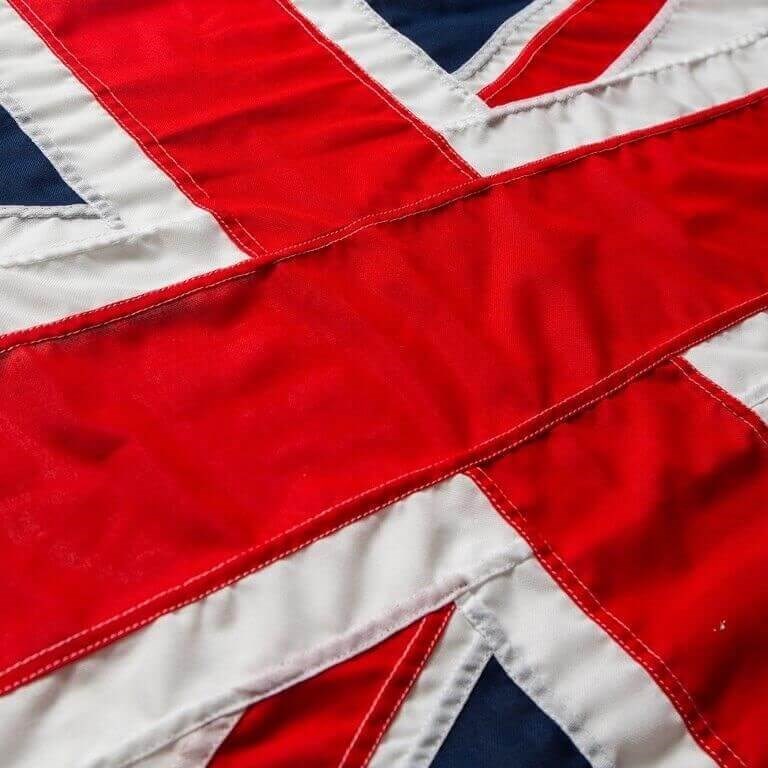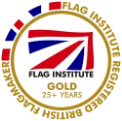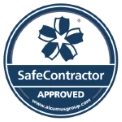Prestige or Economy Flags?
There are several different flag making methods:
- The traditional method is to sew on the design – a style called appliqué. This looks great and is still the most durable method.
- For economy, particularly if you need lots of flags then printing is the option to choose. State of the art digital printing allows multi-coloured artwork without extra cost.
How Many Flags Do I Need?
It is good etiquette to always fly a flag from your pole, indeed government is actively encouraging us to fly flags regularly.
If you fly your flags 24/7 then you will need 3-4 flags per year as they will become worn. Please bear in mind 3 months of constant flying is around 3,000 hours exposed to the elements – no wonder they are ready for replacing after that time!
It is always cheaper to have a batch of flags printed in one go, even a couple of years stock is not excessive – and will save you a fortune in the long run too!

